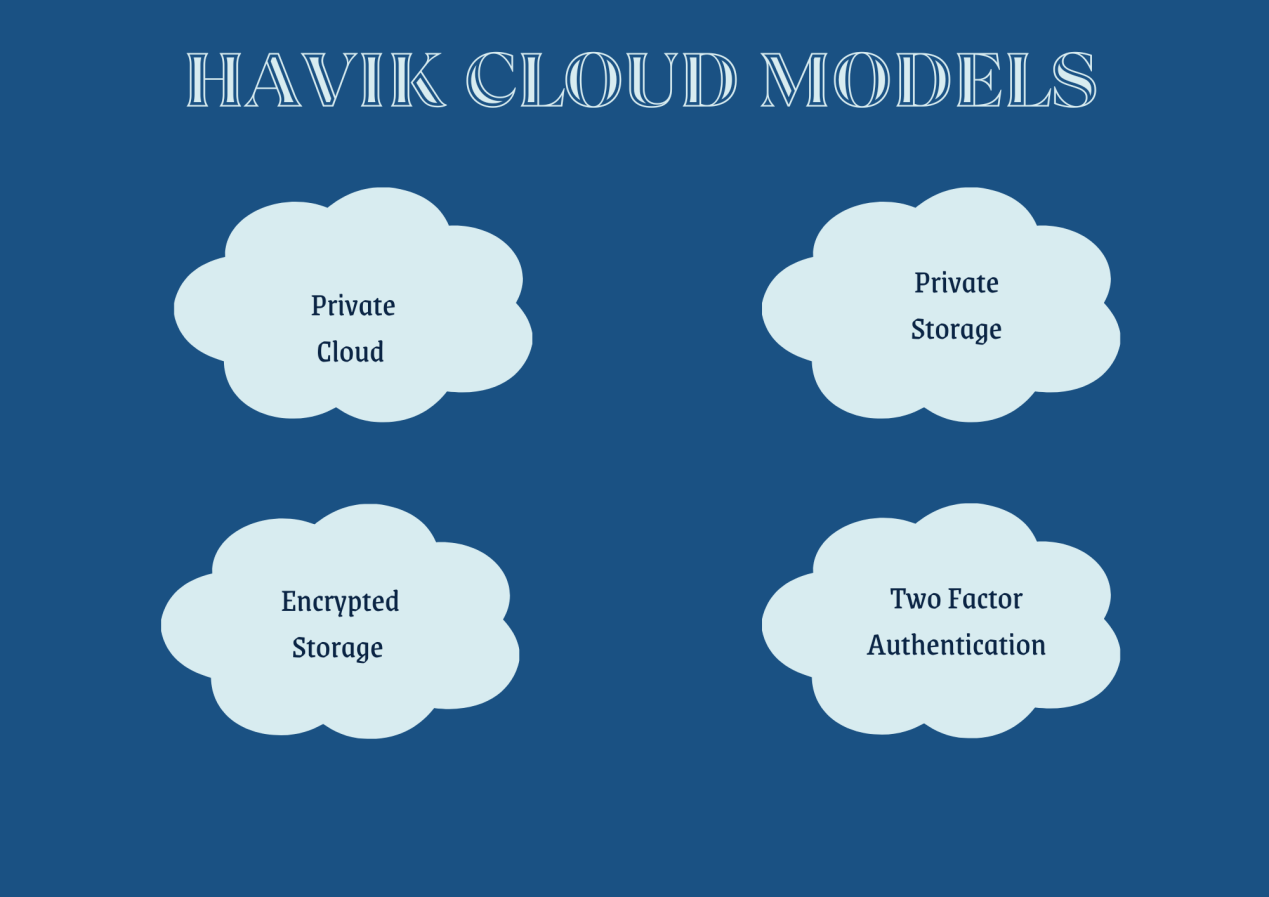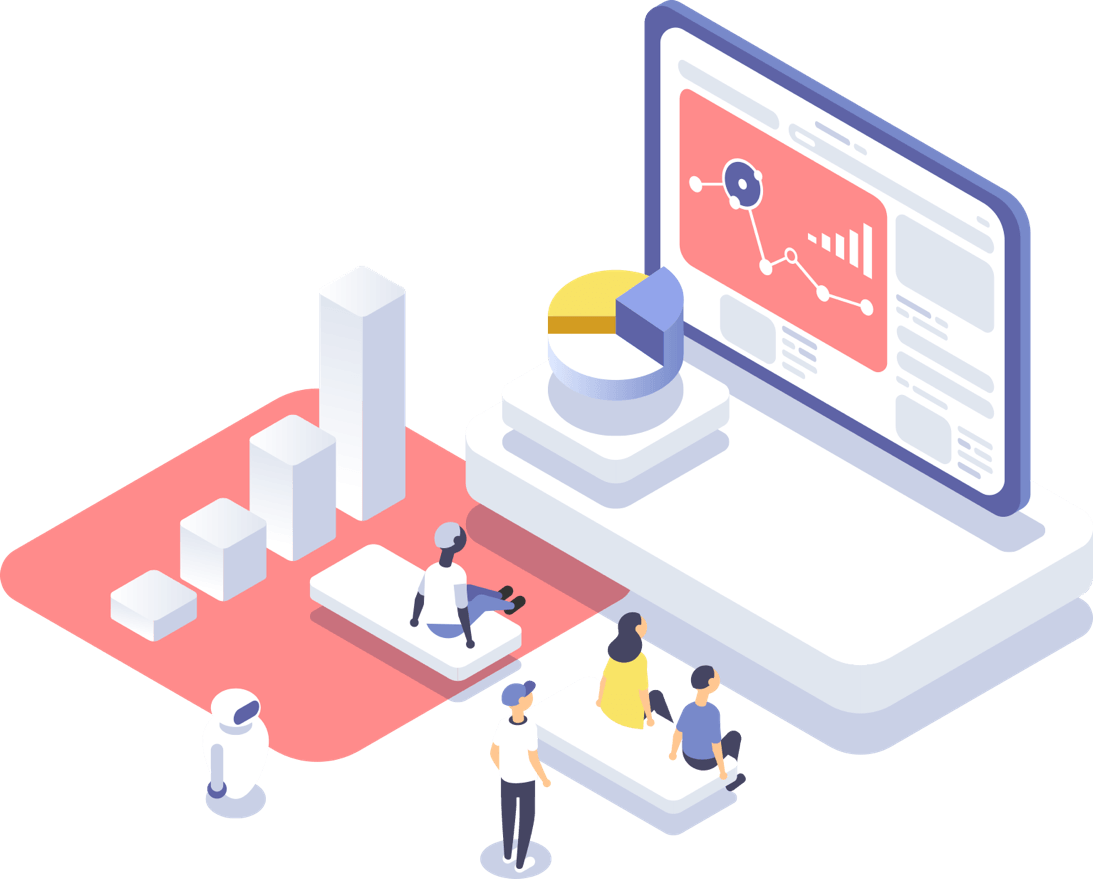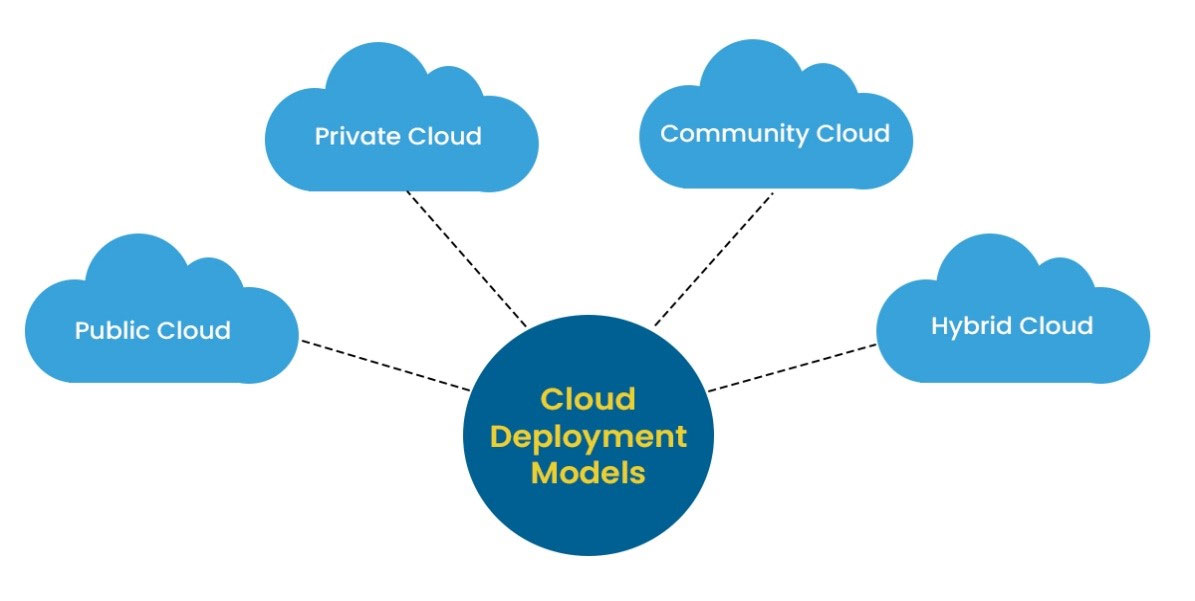Havik unlocks future state operating paradigms, leveraging ecosystem-based business models. It helps establish a cloud platform strategy with the right mix of public, private or hybrid cloud and delivers end-to-end client-centric solutions across cloud platforms and private cloud. Havik robust change management approach ensures focus on talent and skills for Day 2 readiness. Powered by One Havik ,its holistic approach accelerates transformation and realization of business value.

Havik Cloud Strategy & Transformation removes ambiguity and delivers a clear path to value across all stages in the cloud journey:
- Driving a future-ready vision and delivery excellence with a holistic approach
- Framing a cloud platform strategy that delivers client-centric solutions
- Accelerating value realization with ready-to-deploy, industry-specific use cases across functions such as supply chain, Security, privacy and finance
- Ensuring lower cost of ownership and sustainable results with robust UX and change adoption
Focusing on perpetual value with a crawl-walk-run approach
Cloud services are infrastructure, platforms, or software that are hosted by third-party providers and made available to users through the internetCloud services promote the building of cloud-native applications and the flexibility of working in the cloud. Users can access cloud services with nothing more than a computer, operating system, and internet connectivity.


Like all other IT solutions, cloud services rely on hardware and software. However, unlike traditional hardware and software solutions, users don’t need anything other than a computer, network connection, and operating system to access cloud services.

When supplying users with a cloud infrastructure, cloud services providers detach computing capabilities from hardware components, such as separating :-
- Processing power from central processing units (CPU s)
- Active memory from random access memory (RAM) chips
- Graphics processing from the graphics processing units (GPU s)


